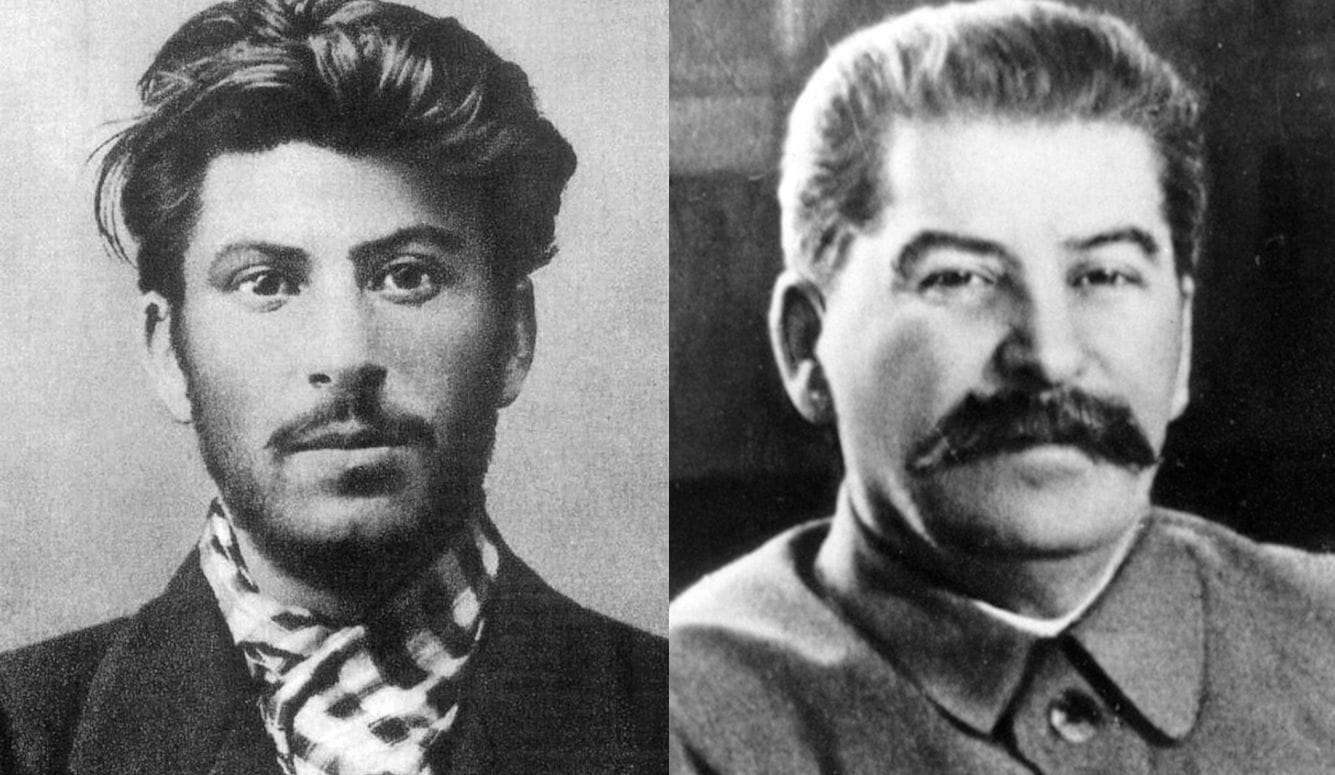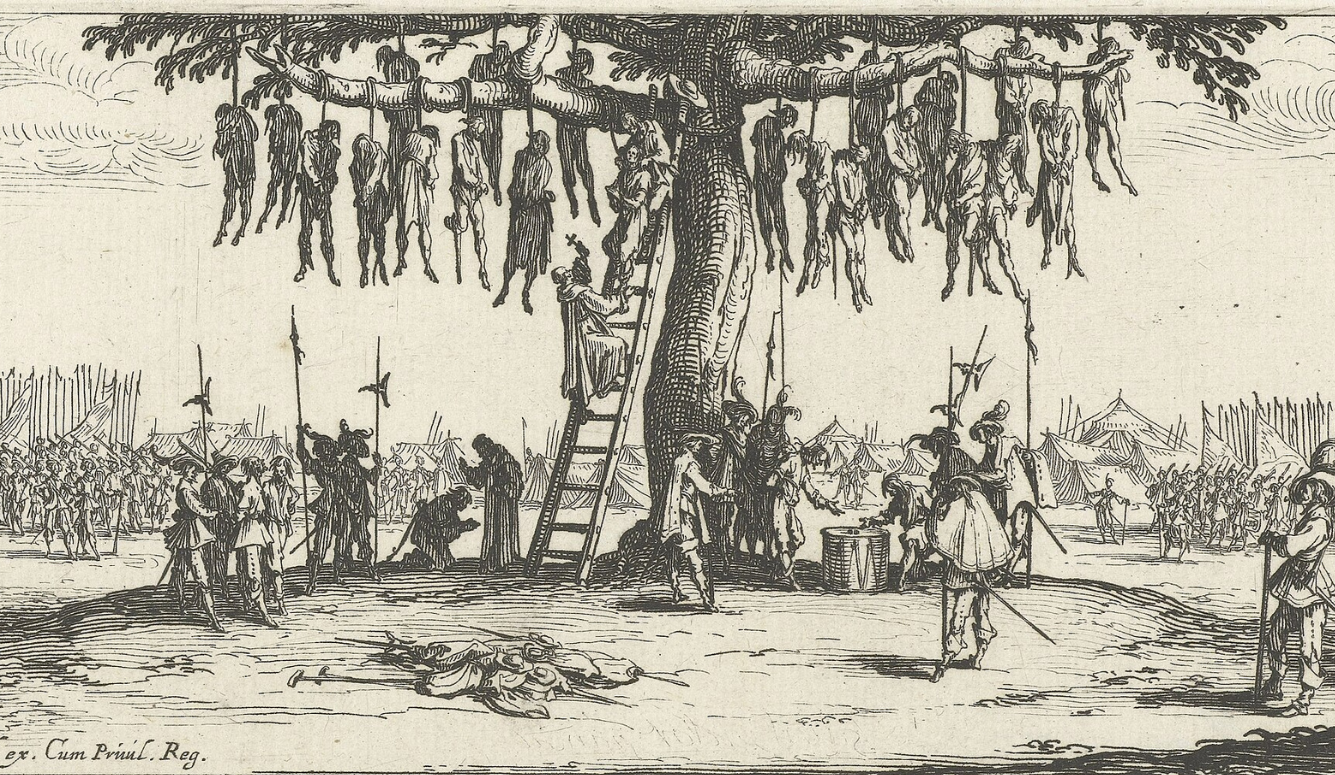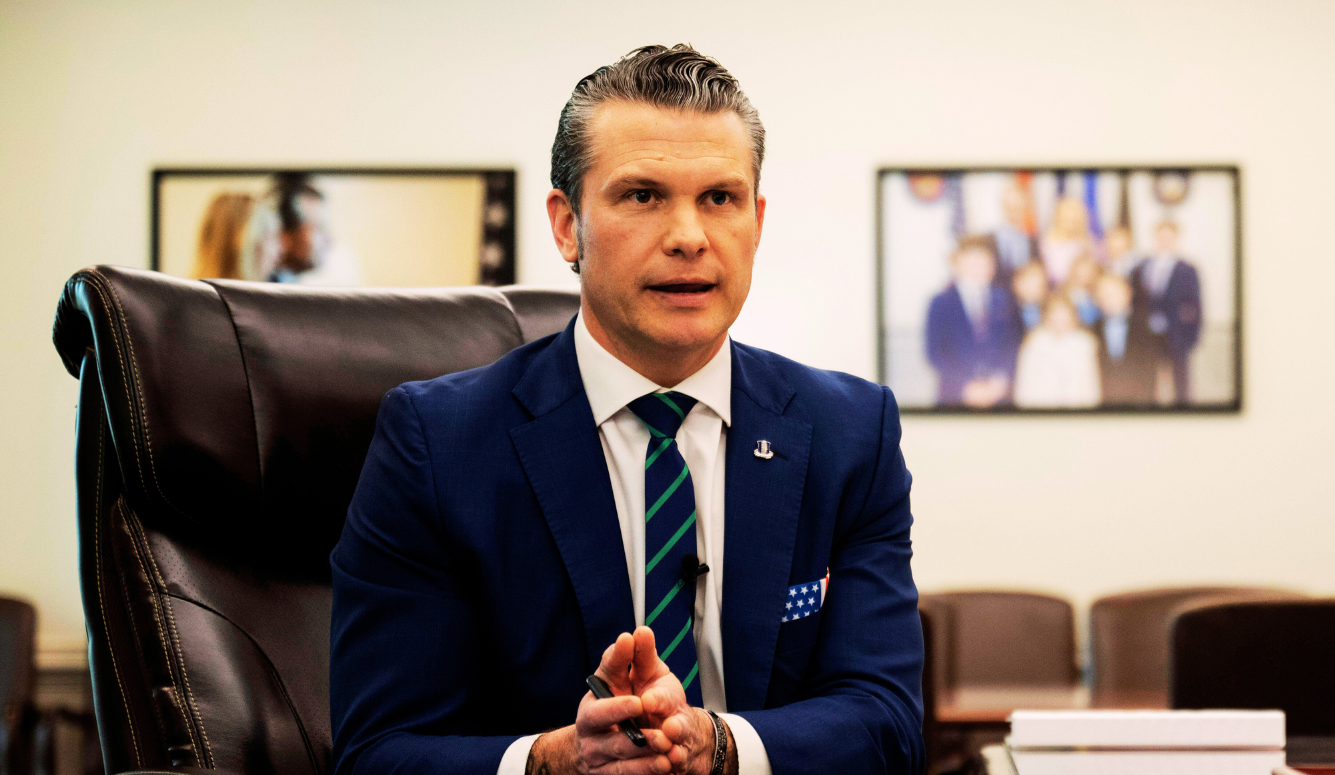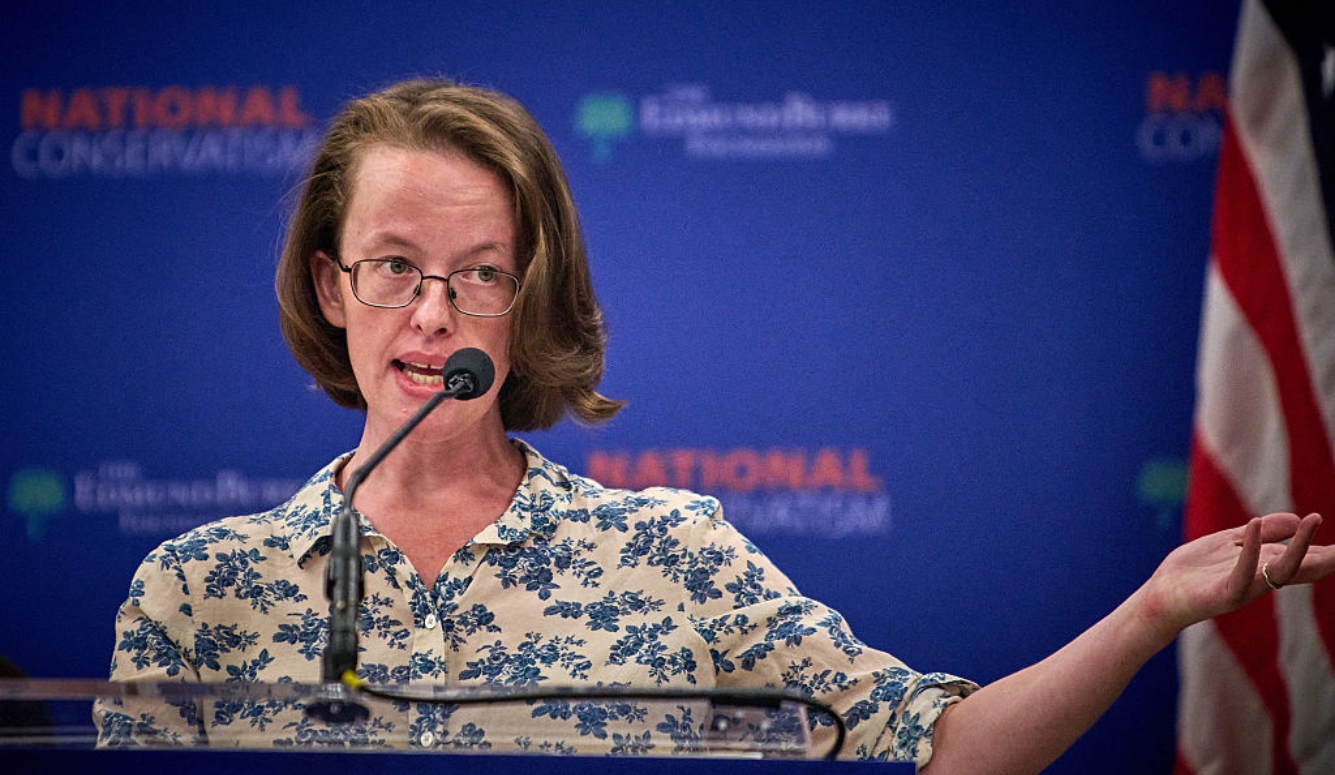Politics
A Self-Created Tyrant
In a new biography of Stalin, William Nester does his best to locate a human being within the monster, but those efforts eventually run aground.

A review of Joseph Stalin and the Art of Tyranny by William Nester; 272 pages; Frontline (August 2025)
William F. Buckley once observed that, without the powerful apparatus of the state at his disposal, Adolf Hitler would have been merely a “street corner racist.” In this excellent and wonderfully compact book, historian William Nester makes the similar observation that Joseph Stalin would have been little more than a sadistic village bandit without the might of the communist dictatorship at his command.
“A revolution without firing squads,” Lenin once declared, “is meaningless,” and the machinery of the Soviet state he devised and bequeathed to his successor was perfectly suited to a man of Stalin’s temperament (a “twelve-year-old bully” in the words of Nester at his pithiest). In this sense, Nester contends, Stalin did not betray the promise of communism, he fulfilled it: “The ideology of communism justifies a communist’s seizure of a country to amass all political, economic, social, and religious power in its hands. … Stalin needed a totalitarian ideology and political system to inflict such evil on so many people.”
Born Joseph Vissarionovich Djugashvilli in 1878, Stalin committed himself to communism at the age of nineteen. Equipped with “an implacable, ruthless will buttressed by a messianic, universal creed,” he rose rapidly through the ranks of the Party, trampling, jailing, or exiling anyone who got in his way. He was particularly jealous and fearful of those who were smarter and more erudite than he was, like his political rival Leon Trotsky, whom he deported in 1929. This placed Stalin in complete control of the Soviet Union, and by the time he died on 5 March 1953 at the age of 74, he had enacted policies that murdered 11,000,000 people and “enslaved another 18,000,000 in labor camps.”
Was Stalin born a monster or did historical conditions make him one? Historians remain divided over this question and Nester seems to be of two minds about the answer. “Alas, beyond his grave there is probably no reliable source of his genes to determine his genetic makeup,” he writes. We do know that Stalin’s father was a violent alcoholic who provided his son with an upbringing filled with beatings as well as his genes. As a result, Nester writes, “Stalin certainly had an unhappy childhood” of the kind that can produce “lifelong smoldering anger” and a “lust for vengeance.” As a seminary student, Stalin experienced further repressive behaviour: “Students complained that seminary authorities spied on them, searched their belongings, censored what they could read and dismissed and expelled them for trivial offenses.”
It is also possible that Stalin’s physical deformities—“two toes fused on his left foot,” a pockmarked face courtesy of “a childhood bout with smallpox,” and a withered left arm–fired his resentment. But in the end, Nester seems to throw up his hands on the nature/nurture question. “Stalin,” he declares, “created himself.” He cites biographer Adam Ulam to chart this self-created persona during the first decade of Soviet rule:





